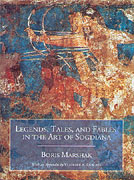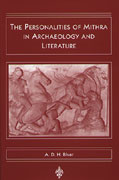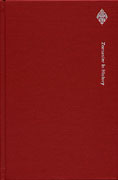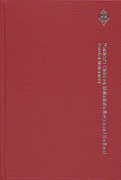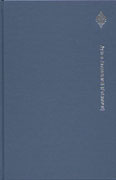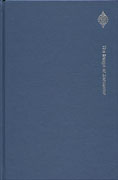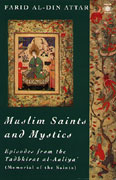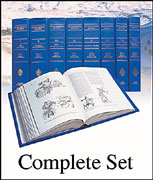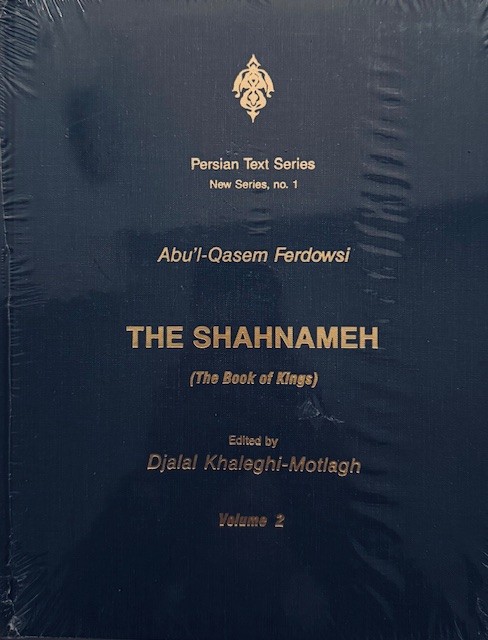Legends, Tales, and Fables in the Art of Sogdiana الإنجليزية 1423
Legends, Tales, and Fables in the Art of Sogdiana
42٫97 $
مشاركة
Wishlist
ISBN رقم:
0933273614
الناشر:
Eisenbrauns Inc
الفئة العمرية:
البالغون
الصفحات:
187
الوزن:
840 g
أبعاد المنتج:
23 x 29 x 1٫31 cm
غلاف الكتاب:
غلاف کرتونی
In this survey of more than forty illustrative murals excavated over the last 54 years in Panjikent, a 5th-8th century C.E. town in the Zerafshan Valley in Tajikistan, Boris Marshak discusses the rich repertory of legends, tales and myths of the Sogdians that have come to light and recreates the secular literature of Soghdia, one of the most important regions along the Silk Road. Prior to the Panjikent excavations only small fragments of Soghdian secular literature had been discovered in Soghdian colonies in Turfan and Dunhuang. Prof. Boris Marshak has been participating in this famous archaeological expedition since 1954; and has served as its leader since 1976. Soghdian merchants were the masters of the Silk Road and, therefore, their art and literature included many motifs of Greek, Persian and Indian origin. In Soghdia among the pictorial narrative cycles there were at least three epics: a local version of the Indian Mahabharata, the well-known Roman story of Romulus and Remus, and the Iranian legends of Rustam. The excavation teams have found on the walls of the houses of Panjikent dozens of pictorial representations of parables, fables, fairy tales and anecdotes. In several c
more
In this survey of more than forty illustrative murals excavated over the last 54 years in Panjikent, a 5th-8th century C.E. town in the Zerafshan Valley in Tajikistan, Boris Marshak discusses the rich repertory of legends, tales and myths of the Sogdians that have come to light and recreates the secular literature of Soghdia, one of the most important regions along the Silk Road. Prior to the Panjikent excavations only small fragments of Soghdian secular literature had been discovered in Soghdian colonies in Turfan and Dunhuang. Prof. Boris Marshak has been participating in this famous archaeological expedition since 1954; and has served as its leader since 1976. Soghdian merchants were the masters of the Silk Road and, therefore, their art and literature included many motifs of Greek, Persian and Indian origin. In Soghdia among the pictorial narrative cycles there were at least three epics: a local version of the Indian Mahabharata, the well-known Roman story of Romulus and Remus, and the Iranian legends of Rustam. The excavation teams have found on the walls of the houses of Panjikent dozens of pictorial representations of parables, fables, fairy tales and anecdotes. In several c
more

